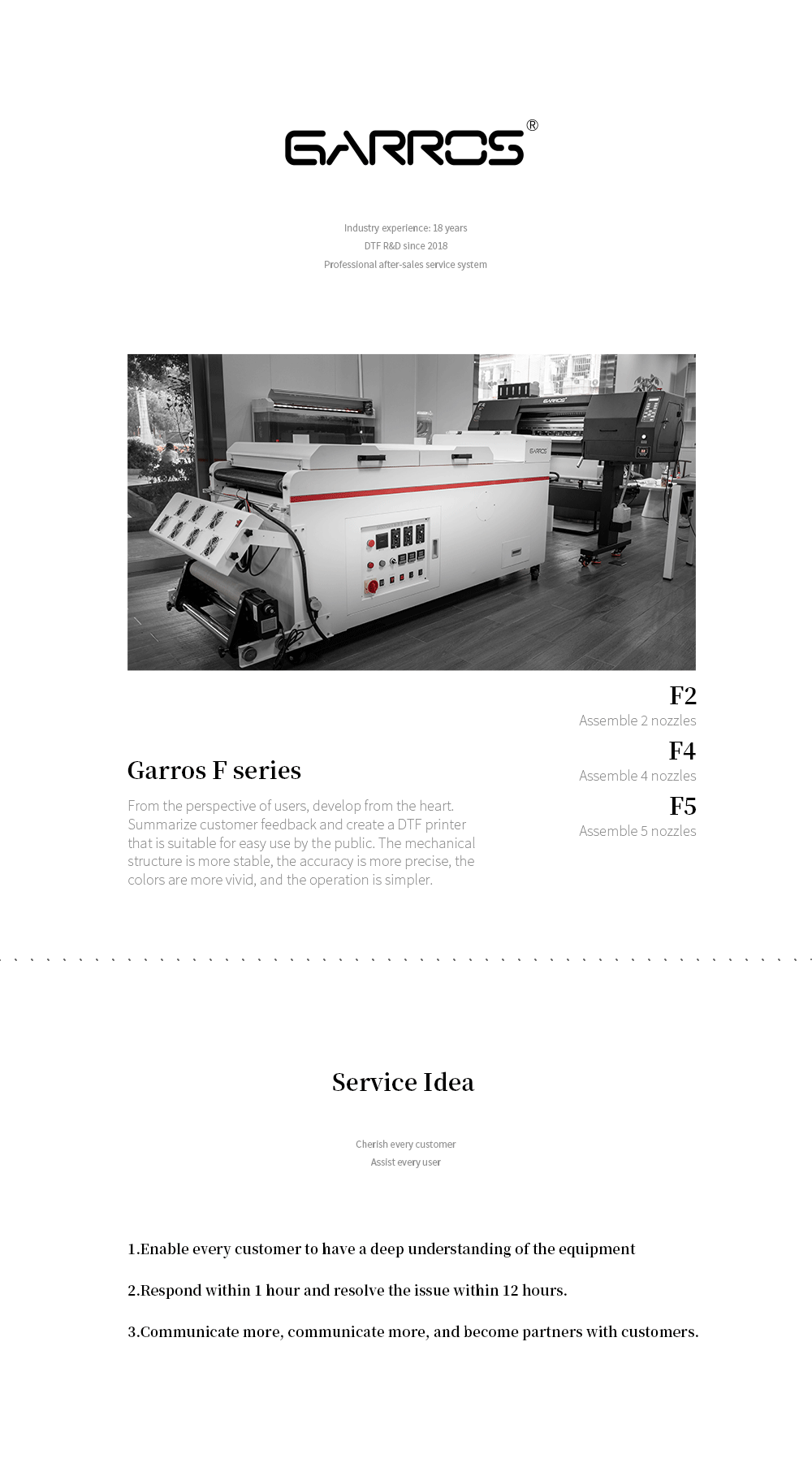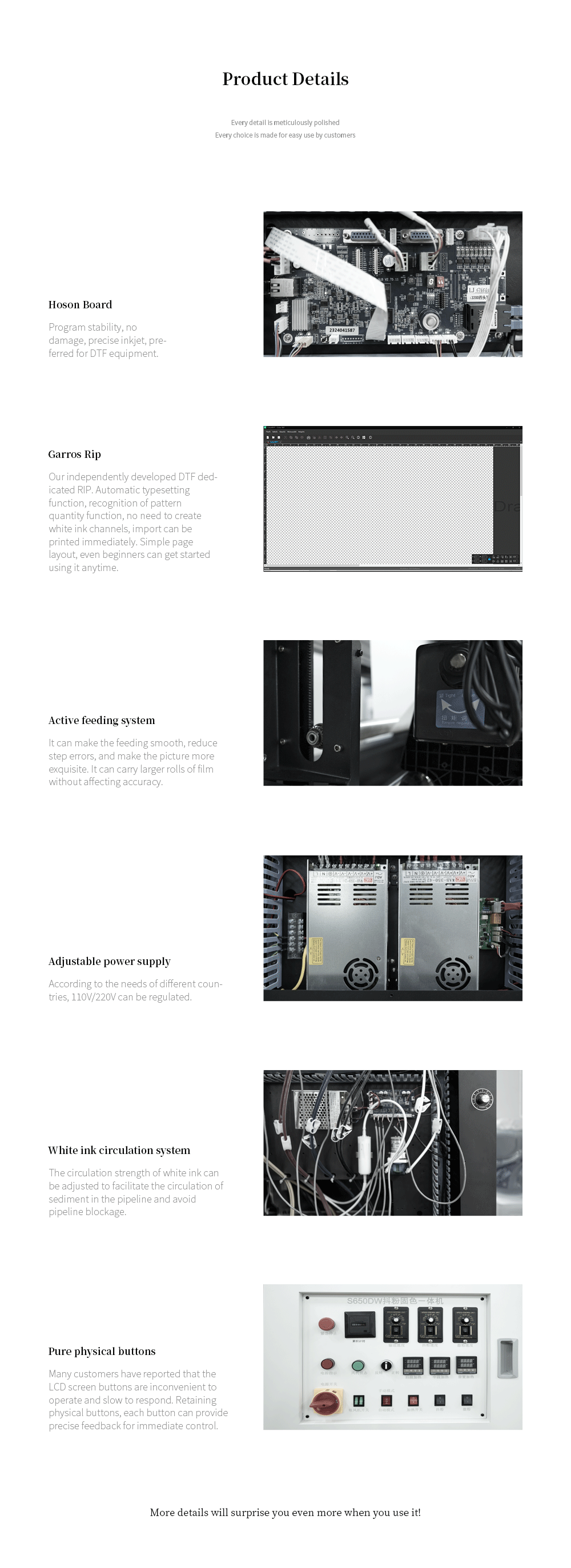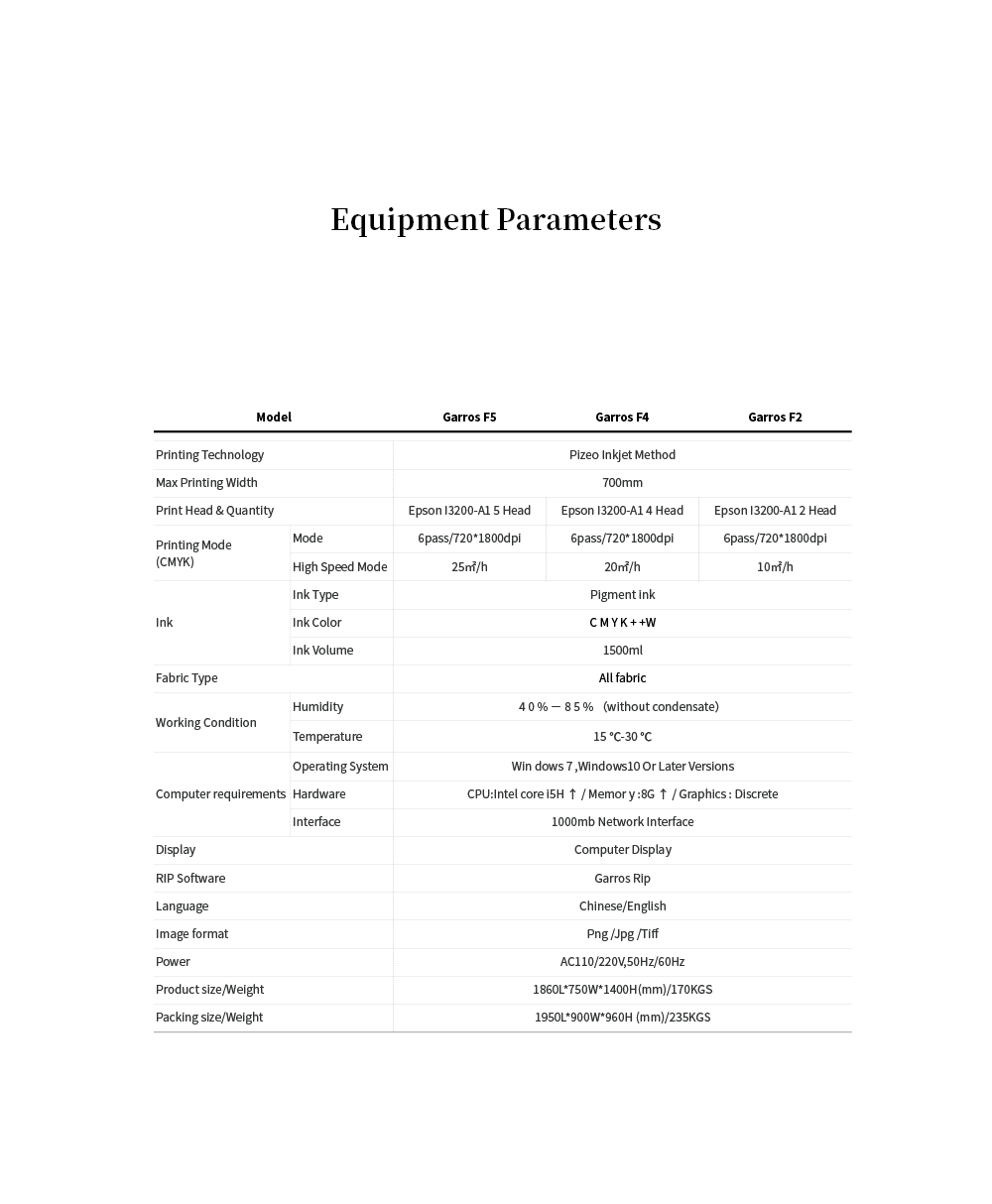Garros F
Key words:
Classification:
Garros F



Revolutionizing Fashion with Digital Printers for Clothing: A New Era of Customization and Efficiency
In the ever-evolving world of fashion, digital printers for clothing are at the forefront of a revolutionary shift that is reshaping the industry. These cutting-edge devices offer unparalleled precision, speed, and flexibility, enabling designers and manufacturers to push the boundaries of creativity and cater to the growing demand for personalized garments. This article explores how digital printers for clothing are transforming the fashion landscape, enhancing customization, improving efficiency, and setting new standards for sustainability.
At the heart of the digital printing technology lies its ability to produce intricate designs with exceptional accuracy. Unlike traditional screen printing methods, which require multiple steps and involve significant setup times, digital printers allow for direct-to-garment (DTG) printing. This means that designs can be transferred onto fabric in a single pass, resulting in vibrant colors and fine details that were previously unattainable. The precision offered by digital printing ensures that even the most complex patterns are reproduced accurately, allowing designers to bring their creative visions to life without limitations.
One of the standout advantages of digital printers for clothing is their capacity for personalization. In an era where consumers increasingly seek unique and individualistic products, these machines empower businesses to offer bespoke clothing options on a large scale. From custom t-shirts and hoodies to personalized dresses and jackets, the possibilities are endless. This level of customization was once only possible through labor-intensive processes, but advancements in digital printing technology have made it both feasible and affordable. As a result, brands can now cater to niche markets and meet the diverse preferences of their customers.
Efficiency is another area where digital printers for clothing excel. Traditional printing methods often involve lengthy setup times and require significant manual intervention, leading to longer production cycles and higher costs. In contrast, digital printers streamline the process by eliminating many of these steps. Designs can be uploaded directly to the machine, which then prints them onto the fabric in a matter of minutes. This not only reduces production time but also minimizes human error, ensuring consistent quality across all pieces. Additionally, the ability to print on-demand means that manufacturers can reduce inventory holding costs and space requirements, further enhancing efficiency.
Sustainability is a growing concern in the fashion industry, and digital printers for clothing play a crucial role in addressing this issue. Traditional printing methods often involve the use of harmful chemicals and generate significant waste. In contrast, digital printing uses eco-friendly inks that are less toxic and produce minimal waste. Many digital printers now employ water-based inks made from soy or other biodegradable materials, reducing their environmental impact. Furthermore, by enabling on-demand printing, these machines help reduce overproduction and associated waste, aligning with the principles of sustainable fashion.
The integration of digital printers into modern workflows has also revolutionized supply chain management. With the ability to print directly onto a variety of textiles, including cotton, polyester, silk, and wool, these machines offer greater flexibility in terms of material selection and design application. This versatility allows for just-in-time production, where goods are manufactured only when needed, reducing inventory holding costs and space requirements. Moreover, the digital nature of these machines facilitates easy data storage and retrieval, enabling quick adjustments to designs and orders based on real-time demand forecasts.
Looking ahead, the future of digital printers for clothing appears boundless. As technology continues to evolve, we can expect even more sophisticated features and capabilities. Innovations such as augmented reality (AR) for design visualization, artificial intelligence (AI) for predictive maintenance, and blockchain for secure transactions are poised to integrate with digital printing systems, further enhancing their efficiency and reliability. Moreover, as sustainable practices become increasingly vital, ongoing research into greener inks and materials will likely lead to breakthroughs that make digital printing even more eco-conscious.
Related Products
Get free product quotes
